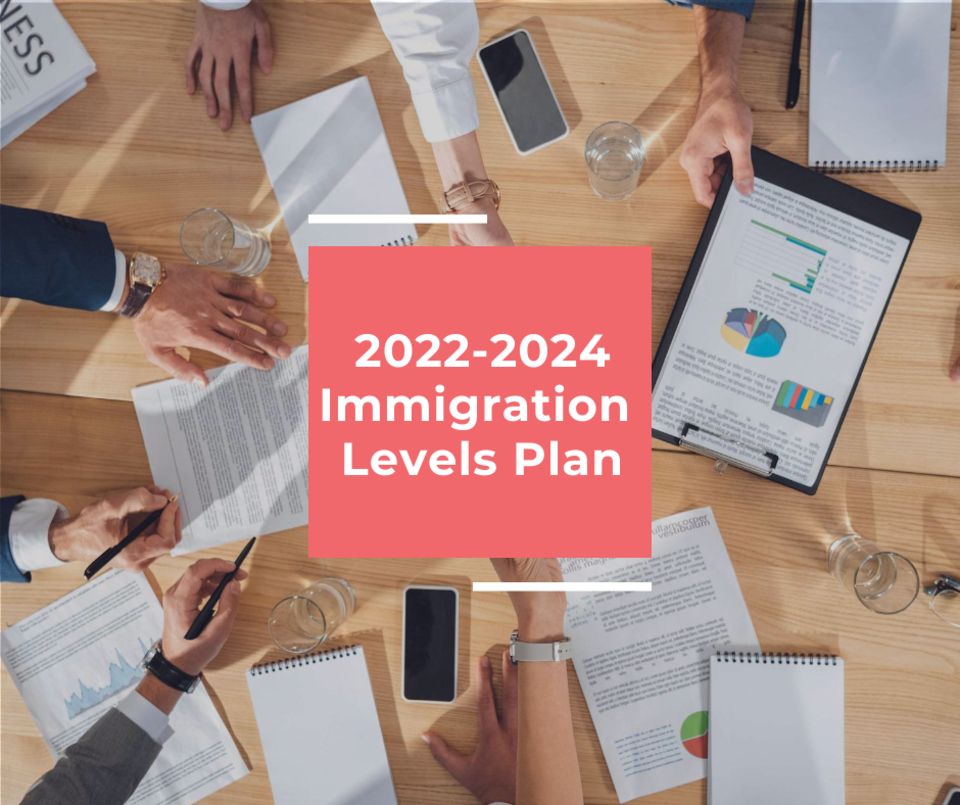Canada has released its 2022-2024 Immigration Levels Plan. It outlines the number of immigrants Canada will welcome through its various federal, provincial and territorial programs. IRCC and the provinces and territories then adjust their operations according to the plan to ensure they can attract, settle, integrate and retain the target number of newcomers.
In 2022, the government plans to welcome 431,645 new permanent residents. The permanent resident target will increase to 447,055 by 2023, then another 451,000 in 2024. These increases have been supported by the modernization of Canada's immigration system.
2022 Immigration Plan by categories: Economic - 241,850; Family - 105,000; Refugees and Protected Persons – 76,545; Humanitarian and Other – 8,250.
2023 Immigration Plan by categories: Economic - 253,000; Family - 109,500; Refugees and Protected Persons – 74,055; Humanitarian and Other – 10,500.
2024 Immigration Plan by categories: Economic - 267,750; Family - 113,000; Refugees and Protected Persons – 62,500; Humanitarian and Other – 7,750.
Canada is targeting high levels of newcomers to support its economy and finances. With an aging population and low birth rate, Canada needs higher immigration rates to support its population, workforce and economic growth, and enough workers to pay the taxes needed to support basic social services like health care and education, especially after the COVID-19 crisis. Canada also pursues social immigration goals, including family reunification, providing humanitarian assistance, and strengthening its French-speaking heritage.
Looking to see what immigration programs you qualify for as a skilled worker? Check out Improved and find your immigration score in under 10 minutes.

